The Berlin Academy of Arts is currently displaying some of the work of the red artist John Heartfield, who should primarily be known for his avantgarde political photo-montage.
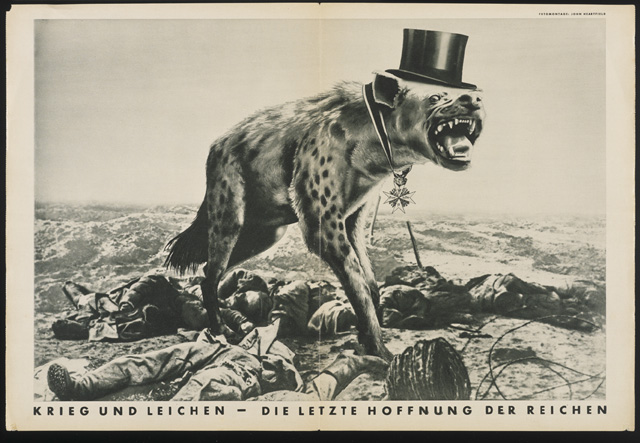
"War and corpses - the last hope of the rich"
John Heartfield was born in 1891 as Helmut Herzfeld. He changed his name during the first world war in protest against the nationalist, antibritish campaign “Gott strafe England” (God punish England). After having been a soldier for a year he escaped the imperialist war by faking a neural sickness. During these war-years he got to know Georg Grosz and founded Malik-publishing together with his brother Wieland Herzfelde, publishing progressive art and communist literature. Heartfield joined the KPD on its founding day, the 31.12.1918. After the war he shortly turned to the art-style Dada and first used the methods of disassociation. From 1921 on Hearfield designed the covers for the Malik-books using in part photo-montage, based on pictures from the first world war, which was the first war to be documented by photographs on a large scale. He used pictures of battlefields and dead, but also used photographs by propagandists of the state and put them in the correct context. His clear and powerful works quickly became popular. Kurt Tucholsky, under his pseudonym said: “If I weren’t Peter Panther, I would like to be bookcover of Malik-publishing.”

From 1930 on Heartfield took part in the “Arbeiter-Illustrierten-Zeitung” (AIZ, workers-pictorial-newspaper). This paper with pictures was the communist answer to the yellow journalism of their time and was widely popular and increasingly so, up until the end of the Weimar Republic. One main aspect of their success were Heartfields photo-montages, which were often the covers and became the focus of his artistic work. They depicted multiple facets of the political line of the KPD: the struggle against revisionism, anti-imperialism, international solidarity and class struggle. During the 30s and based on the political developments of the time anti-fascism increasingly became a bigger motive in Heartfields work.
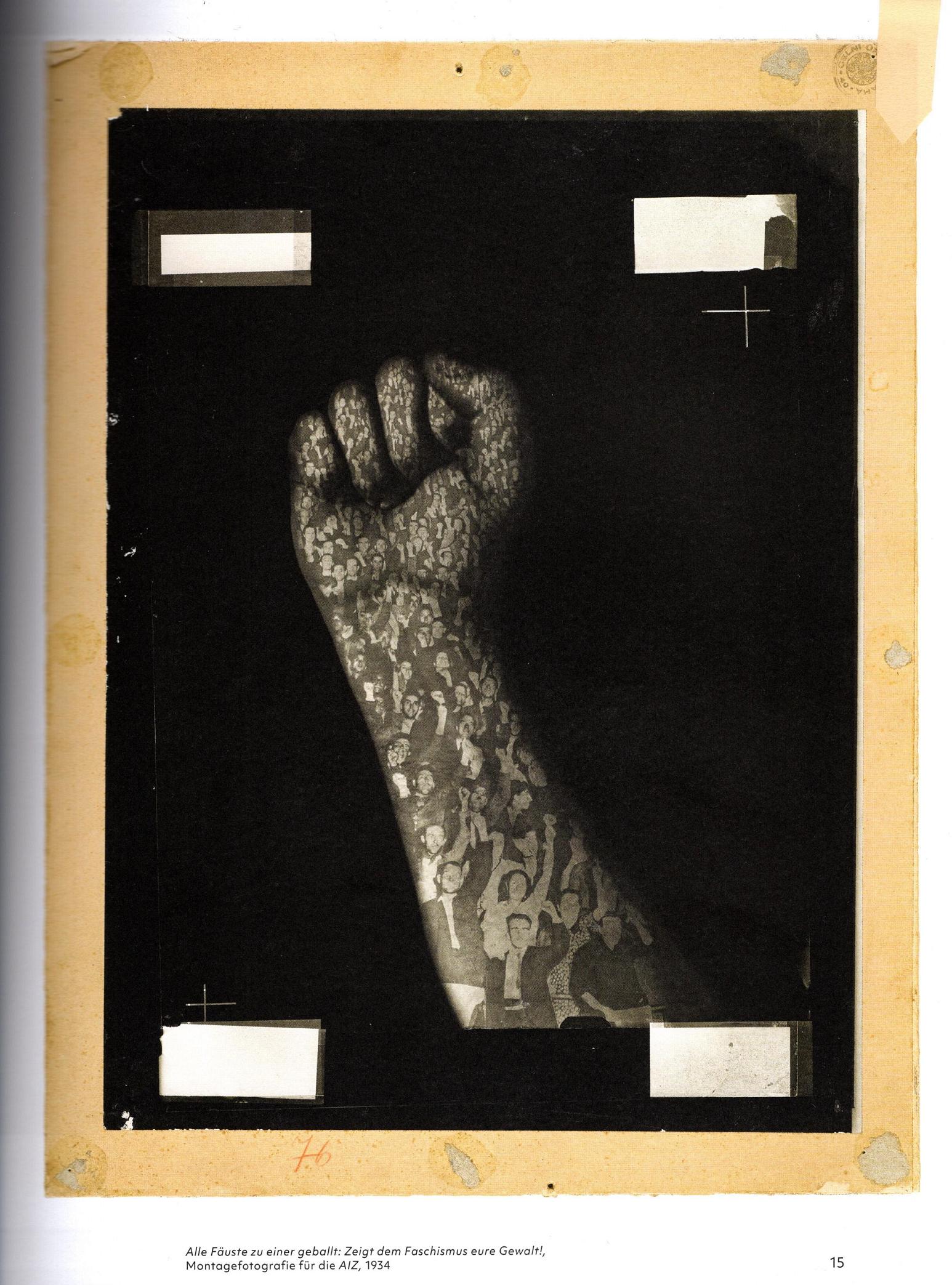
"All fists together as one; Show fascism your might!"
Typically the montages were accompanied by additional sentences, written in part by his brother Herzfelde. In this combination of text and picture the work developed to its full scope: Pointed critique of society's problems through biting ridicule. Because of this Heartfield had to flee Germany in 1933, but the AIZ was being printed until 1938 from his exile in Czechoslovak. Here he made public and denounced the crimes of the Nazis, using material like early photographs of concentration camps, smuggled out of hitlerfascist Germany by comrades.
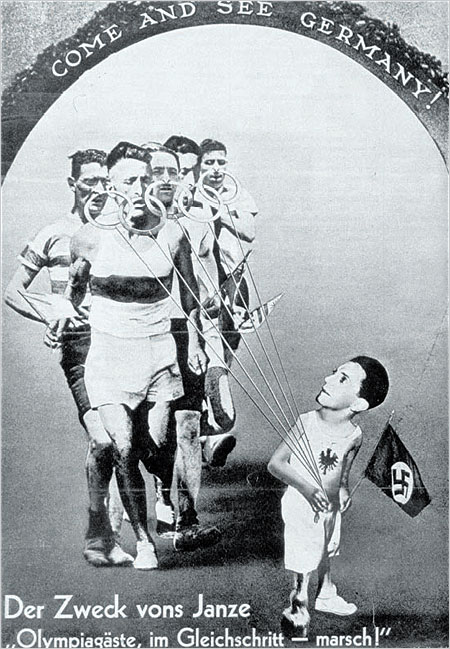
After the Hitlerfascists’ attack on Czechoslovak Heartfield had to flee once more. As a communist he was put in internmentdetention as an “Enemy Alien”, in spite of, or rather because of his anti-fascism at his destination of England. 1950 he moved to the GDR. After being initially suspected because of his exile in the west he quickly advanced to be one of the most important artists of the GDR. Heartfield took a keen interest in the Chinese revolution and showed special interest for the struggles of the peoples of Asia, especially China and Vietnam.
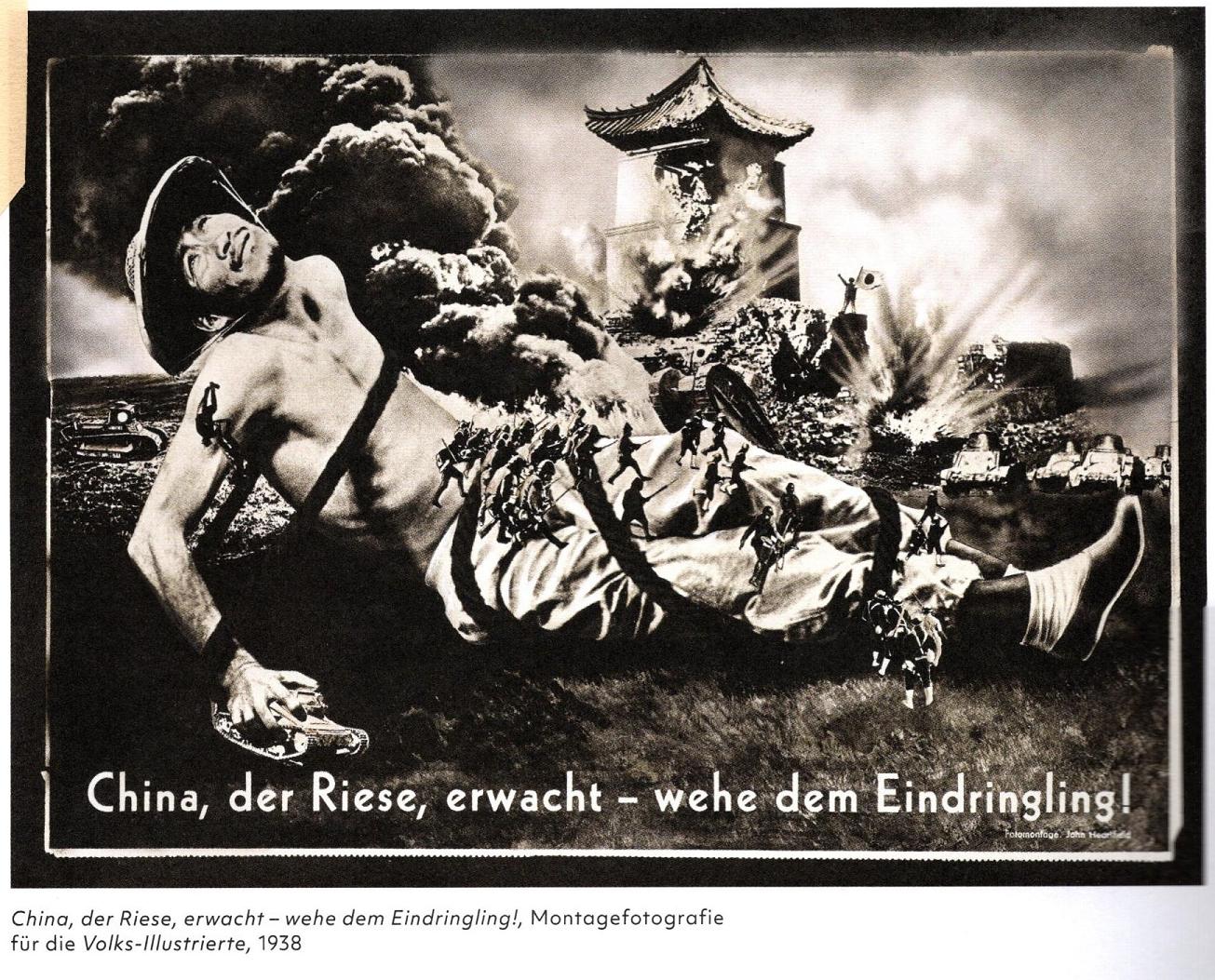
"China, the giant, wakes up - beware intruder!"
The exhibition shows a fair amount of his montages and gives an overview of his life and other work. Surprisingly the usual lying anti-marxist propaganda is quite limited here, but him being part of the KPD is also not stressed. As usual for culture in bourgeois class society the entrance fee was quite high with 10€. In our case we bought half-priced reduced tickets are were not required to proof being entitled to it. Anyone interested in Heartfield’s work, who is not able to see the exhibition can view them online
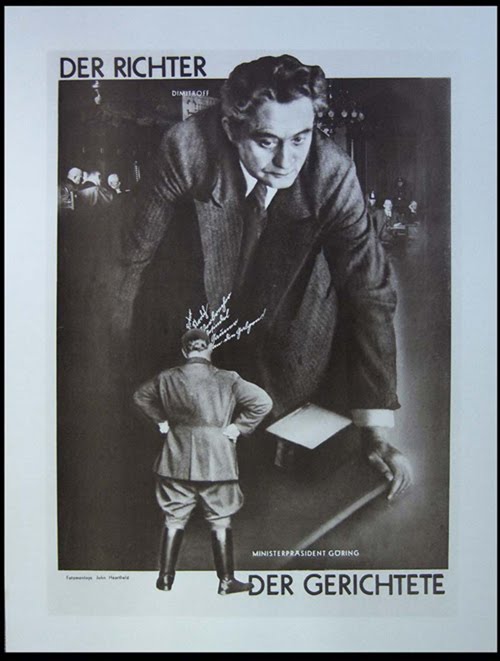
"The Judge - The Jugded"
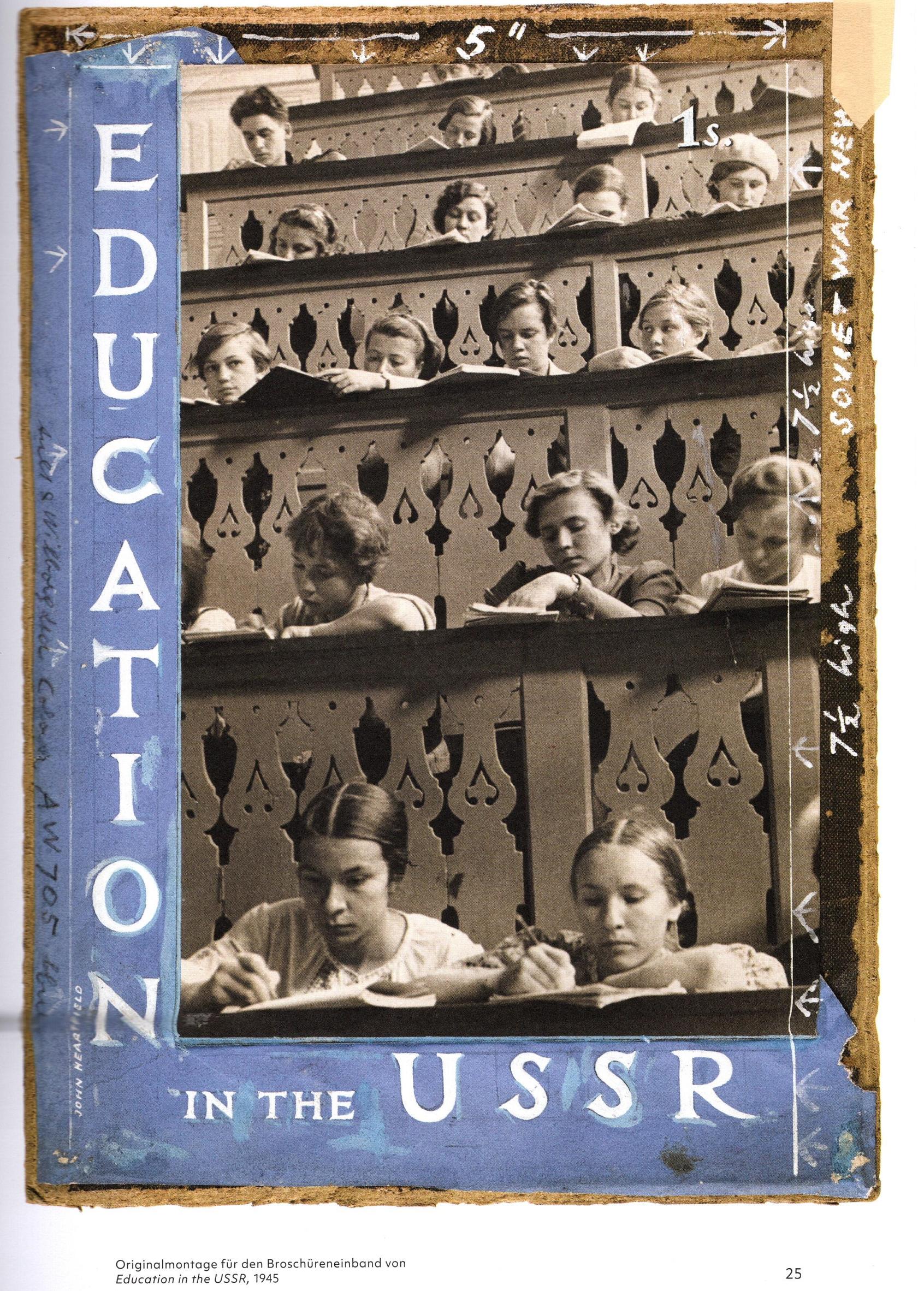
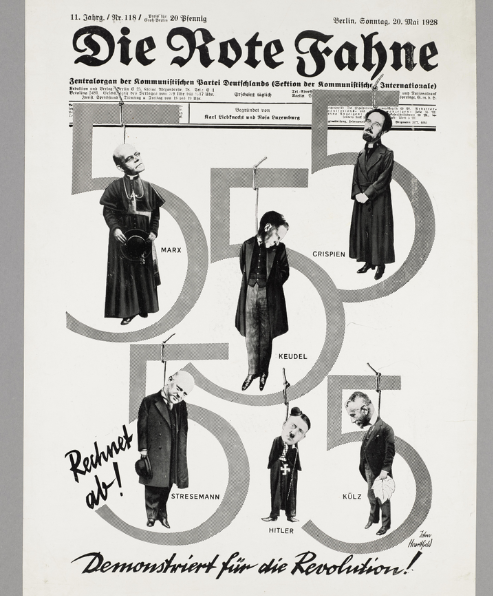
"Settle up! - Demonstrate for the revolution!"
